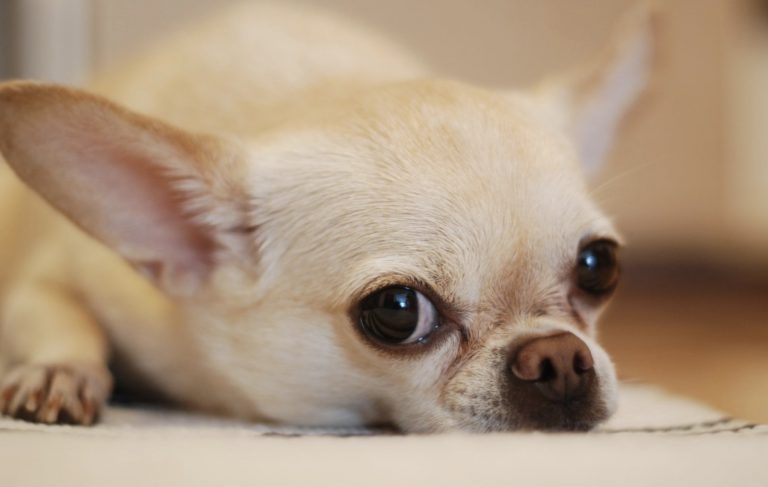The only way to change behavior is through consequences. If you change your tone, or punish your dog, you might change his behavior once or twice. But you will not get a lasting result. Changing your puppy’s behavior with shouting is not transferable to his attention.
Today, we will talk about how you can change any behavior by reinforcing good manners and preventing bad manners.
How good behavior stops bad behavior?
The most important aspect of dog training is figuring out what you want your dog to do. Punishment is not sufficient. With punishment, you are only punishing the momentary way your dog behaves. But you are not telling him and instructing him what he needs to do.
To put it in perspective, let’s say your dog jumps on people when he greets them. You do not want him to jump on people. But what do you want your dog to do instead?
This is the question you need to answer. And the moment you have the answer to that question, you should move to reinforce proper manners and prevent bad behavior.
Good behavior is very POWERFUL. Simply put, it leaves no room for any bad behavior. The more you create good habits and good manners in your dog, the less room is there for bad behavior.
And we have to say this for a second. IGNORING the problem is not training. You have to deal with it.
How to troubleshoot a behavior?
The simple definition for troubleshooting is “analyze and solve serious problems”. The longer definition is “a systematic approach to problem-solving that is often used to find and correct issues with complex machines, electronics, computers, and software systems. The first step in troubleshooting is gathering information on the issue, such as an undesired behavior or a lack of expected functionality.”
How to do this with your puppy? Simple, identify a behavior you want to change and call friends to help you.
For example, your dog barks when someone barks at the door. So, you have your 20 friends. You instruct them to come, ring at the door, but do not enter the home until the dog is calm inside.
The moment your friend rings at the door, your dog will probably go nuts, bark, whine, and jump until you open the door. This is where you come in. Get to the door, put your dog in a sit position, calm him down, and then open the door. You opening the door is enough praise and reward for your dog. No need for extra treats here.
Bonus: you can use the same 20 friends to change another behavior, how your puppy greets people. Once your friend gets in, if your dog jumps on him, help your friend get your pup in a sit and stay position. Then, your friend comes and praises your dog and gives him treats.
Now, you might think this is an easy process. But it takes time and patience. The more you repeat the exercise, the more your dog will understand what are the steps to his praise and reward.
The most IMPORTANT part here is to tell your friends to repeat the EXACT same thing over and over again. You cannot have one friend trying one thing and your other friend trying a different thing.
You can do this with behaviors that require dog interaction as well. Arrange to meet with friends with friendly dogs. You go and walk to each other, your dogs sniff, and you move forward. Praise and reward your dog. This teaches your dog that the way to greet any dog is to sniff him and then continue walking.
Remember, it is all about building good habits and reinforcing proper behavior. Over time, your dog will learn. Troubleshooting is just a way to speed up the process.







